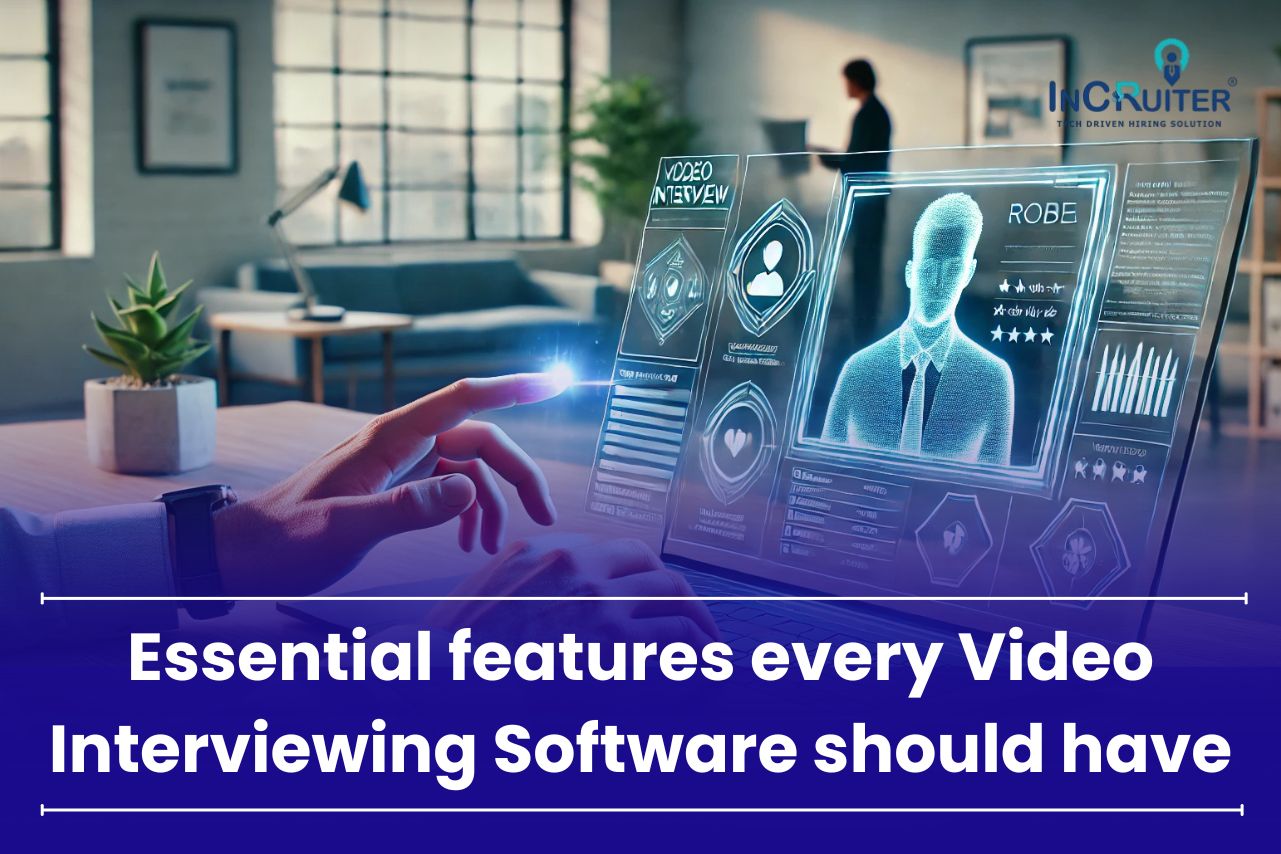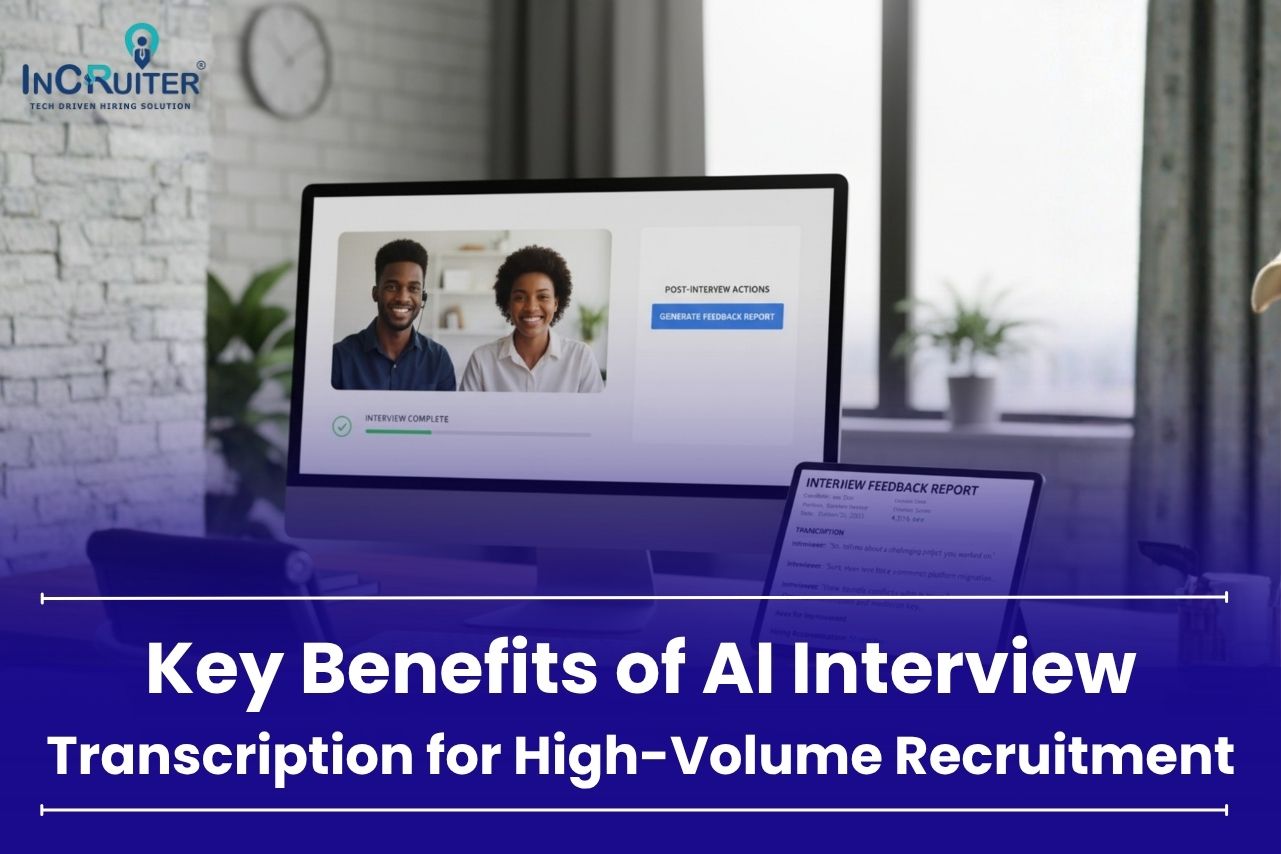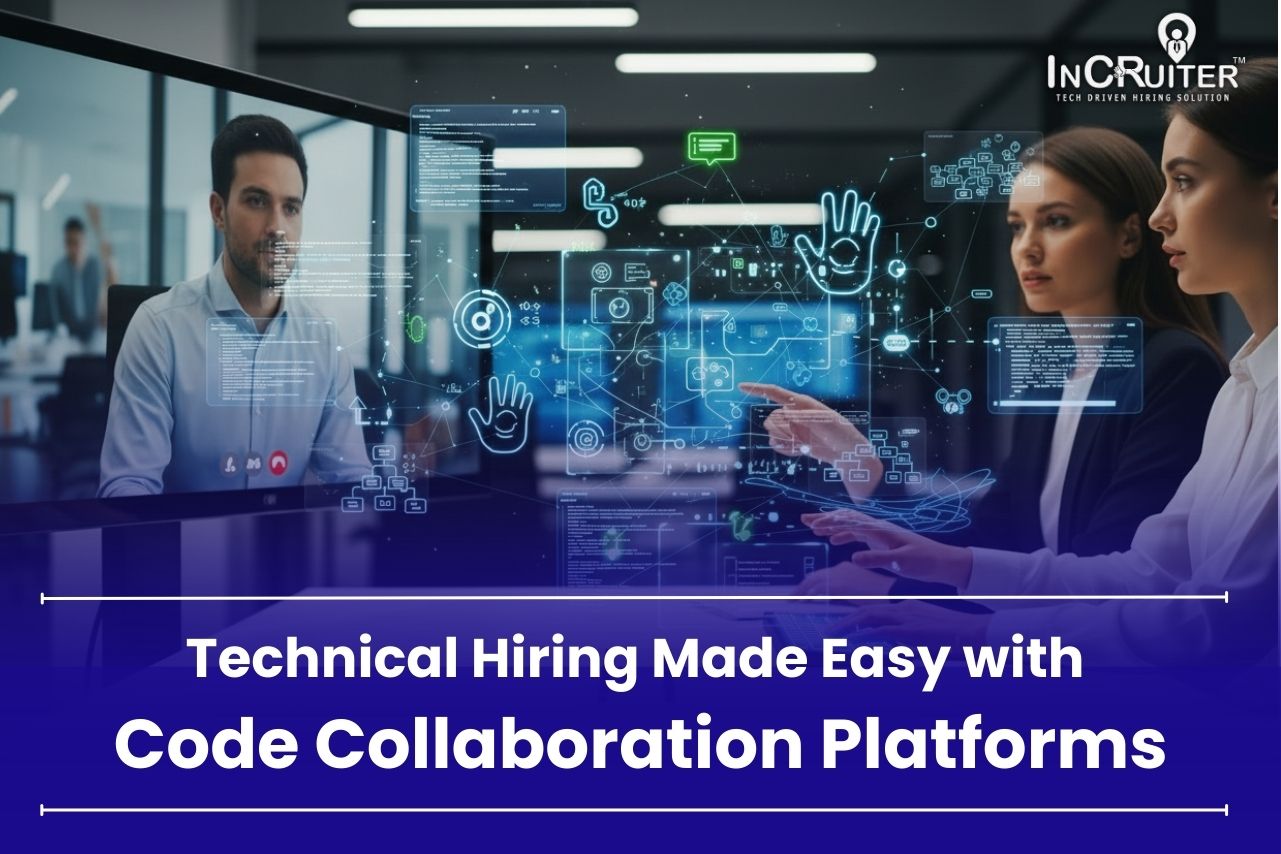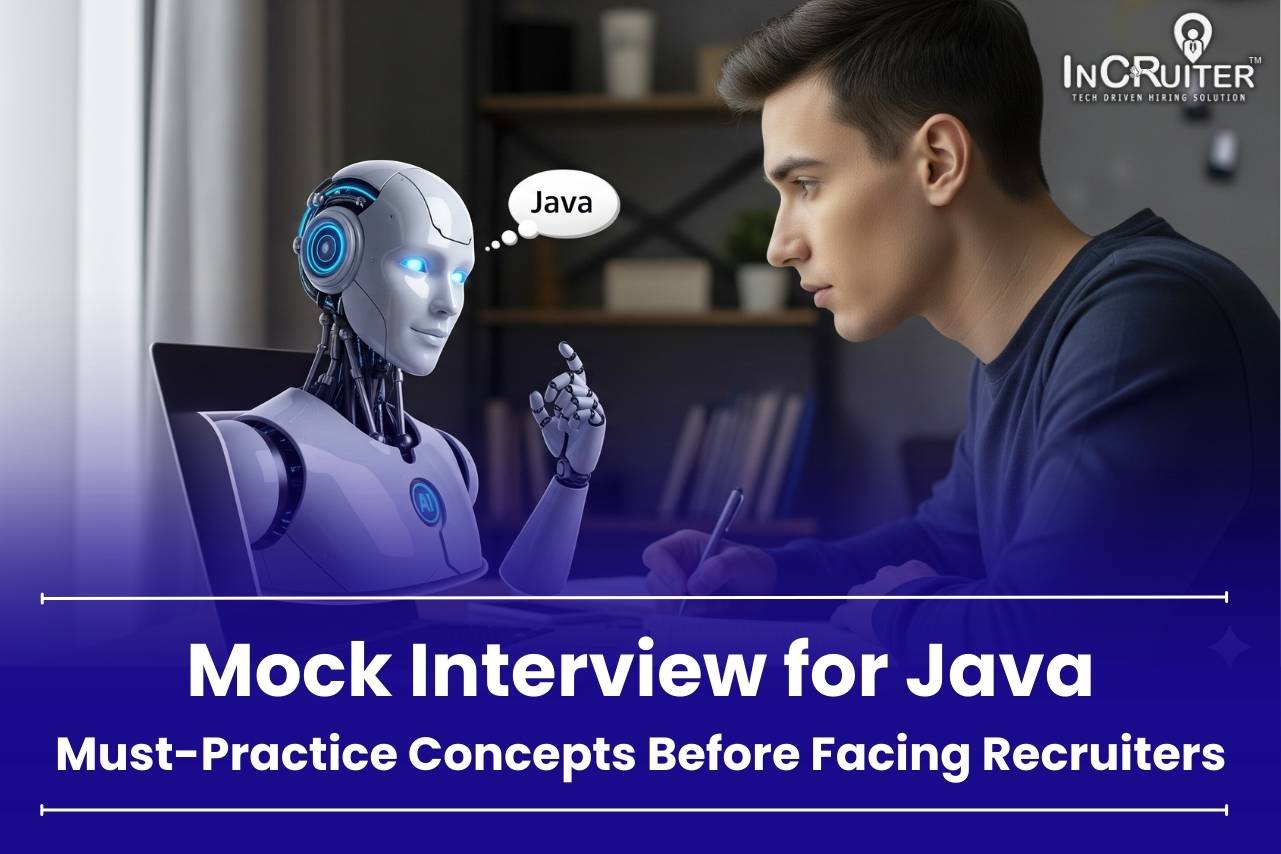Still using video tools that feel like they were built for casual Zoom chats, not actual hiring? You’re not alone. The truth is that many recruiters are stuck with video interviewing platforms that barely scratch the surface of what’s possible. They lag, lack smart features, and make interviewers and candidates feel like they’re jumping through hoops. And here’s the twist: it’s not entirely their fault. Most teams simply don’t know what powerful, modern video interviewing software should offer.
In this blog, we’ll discuss the must-have features every video interviewing software should include so you can choose a tool that elevates your hiring game rather than digitizes it.
Understanding the Video Interviewing Tool
Video interviewing software is a specialized digital platform facilitating remote candidate assessment through live and asynchronous video interactions. Unlike essential video conferencing tools, these purpose-built solutions offer recruitment-specific features like structured interviewing frameworks, candidate evaluation systems, and hiring workflow integrations. Modern platforms leverage AI and advanced analytics to enhance objectivity and efficiency during hiring while maintaining the human connection essential for effective talent acquisition.
Also read: Top 5 Video Interviewing Tools to Streamline Virtual Hiring
Core Features to Look for in Video Interviewing Software
AI-Generated Interview Questions
AI-driven question generation has become a critical feature in modern video interviewing software. Instead of relying on manual scripts or static question banks, advanced platforms analyze job descriptions and candidate profiles to create role-specific, competency-focused questions. For example, InCruiter’s AI-powered virtual interview platform dynamically adjusts question sets to align with job functions. Marketing candidates may be asked about attribution models, while engineers face system architecture scenarios. This automation reduces interviewer prep time, ensures evaluation consistency, and narrows the focus to relevant skills. It also helps eliminate bias introduced by subjective questioning, leading to sharper candidate insights and more informed selection outcomes.
Integrated Interview Scheduling
Scheduling remains a persistent inefficiency in recruitment, especially at scale. Modern video interview platforms resolve this through automated interview scheduling engines that sync with Google and Microsoft calendars, detect availability conflicts, and assign freelance interviewers based on pre-set rules. These tools can send reminders, handle cancellations, and allow candidates to self-schedule, minimizing back-and-forth communication. InCruiter’s Interview scheduling system, for example, automatically pairs candidates with interviewers by role, reducing the need for manual intervention. This feature accelerates the hiring cycle and improves reliability and candidate engagement, mainly when teams manage high application volumes or coordinate across time zones.
One-Way Video Interviews
One-way video interviews are now widely used to screen people in the early hiring stages. The person applying can record answers independently, and the recruiter can watch them later. It helps keep things fair and saves a lot of time. InCruiter’s Conversational AI interview tool adds intelligent question delivery, a timer for replies, and safe video access. The recruiter can rate answers right after watching and send comments to their team. It works best when there are many people to interview, like for freshers. The whole setup is smooth, quick to handle, and needs less effort from everyone.
Live Video Interviewing
Live video interviews have evolved into structured, feature-rich sessions beyond simple video calls. Platforms today support multi-panel interfaces, real-time scoring, in-interview annotations, and private chat functionalities for interviewers. These features allow for parallel evaluation without disrupting the flow of conversation. InCruiter Live Video Interviewing module includes a virtual room, rating tools, and instant feedback capture. It also supports interviewer and candidate slot mapping. Such functionality streamlines the evaluation process, maintains transparency among hiring panels, and provides a structured digital environment that mirrors the professionalism of in-person interviews.
Built-In Code Collaboration Tools
For technical hiring, integrated coding environments are no longer optional but foundational. Modern video interviewing platforms include built-in code editors that support pair programming interviews with over 40+ programming languages, real-time compilation, syntax highlighting, and collaborative debugging. InCruiter Video Interview Software inbuilt code compiler allows interviewers to assess logic, code quality, and problem-solving in real-time, all within a secure, browser-based IDE. Interview sessions can be recorded, annotated, and shared for review. This reduces reliance on external tools, preserves context, and ensures that candidates are evaluated on practical skills in a consistent and controlled environment, essential for entry-level and senior technical roles.
Whiteboarding Functionality
Whiteboarding has become critical for evaluating system design, product strategy, and conceptual thinking. Platforms now include collaborative whiteboards with shape tools, templates, and real-time editing to simulate in-person ideation. These tools are handy in technical, product, and managerial interviews where visual explanation is part of the role. InCruiter offers embedded whiteboards where candidates can diagram architectures, workflows, or customer journeys. Content created during the session is saved alongside the video recording, providing complete context for post-interview evaluations. This functionality supports structured thinking assessments and strengthens the evidence base behind hiring decisions.
AI-Based Proctoring
Maintaining the integrity of virtual interviews is especially important for high-stakes roles. AI-based proctoring systems now monitor facial orientation, background noise, unauthorized devices, and unusual behavior during interviews without being overly intrusive. InCruiter’s proctoring engine uses behavioral detection to flag concerns in real time and provides a summarized report post-interview. This data supports fair review while accounting for legitimate exceptions, such as technical interruptions or accessibility needs. AI-based proctoring helps recruiters ensure compliance, mitigate impersonation risks, and uphold assessment standards without requiring manual monitoring, which is particularly valuable in asynchronous and remote settings.
Recording and Playback Capabilities
High-quality recording and playback features are indispensable for consistent and auditable hiring processes. Leading remote interview platforms allow recruiters to revisit interview recordings with searchable transcripts, time-stamped highlights, and speaker identification. InCruiter enhances this further by offering bookmarked responses and integrated feedback reviews within the playback interface. This enables collaborative decision-making, facilitates second opinions, and allows hiring teams to validate impressions with objective evidence. Recordings also serve as training tools for interviewers and support documentation for compliance in regulated sectors. As interviews become more distributed, the ability to archive and analyze content is no longer optional; it’s essential.
Also read: Why your hiring funnel fails without the right Video Interview Software?
How to Choose the Right Platform for Your Hiring Goals?
Selecting the right video interviewing software requires a clear understanding of hiring workflows, bottlenecks, and growth plans. Start by mapping the platform’s features to your use cases. Are you hiring at volume, assessing technical skills, or building structured interviews for niche roles? Evaluate the ease of use, support availability, integration with your Applicant Tracking System or HRMS, and long-term scalability. Involve hiring managers in testing the interface from both the candidate’s and interviewer’s perspectives. Most importantly, review the vendor’s product roadmap to ensure alignment with your evolving talent strategy. A feature-rich platform without operational fit can still stall your hiring goals.
Conclusion
Choosing video interviewing software isn’t just about keeping up with tech trends. It’s about making smarter hiring decisions. As we’ve seen, the right platform should be packed with essential features that simplify your workflow, improve candidate experience, and give you real insight into every applicant. When those features are missing, your hiring process suffers, becoming slower, less reliable, and more frustrating for everyone involved.
So before you settle on a tool, make sure it’s built for modern hiring, not just video calls. Want to upgrade your hiring game? Explore InCruiter Video Interviewing solutions crafted to solve real recruiter challenges and help you hire faster, fairer, and more confidently.



















